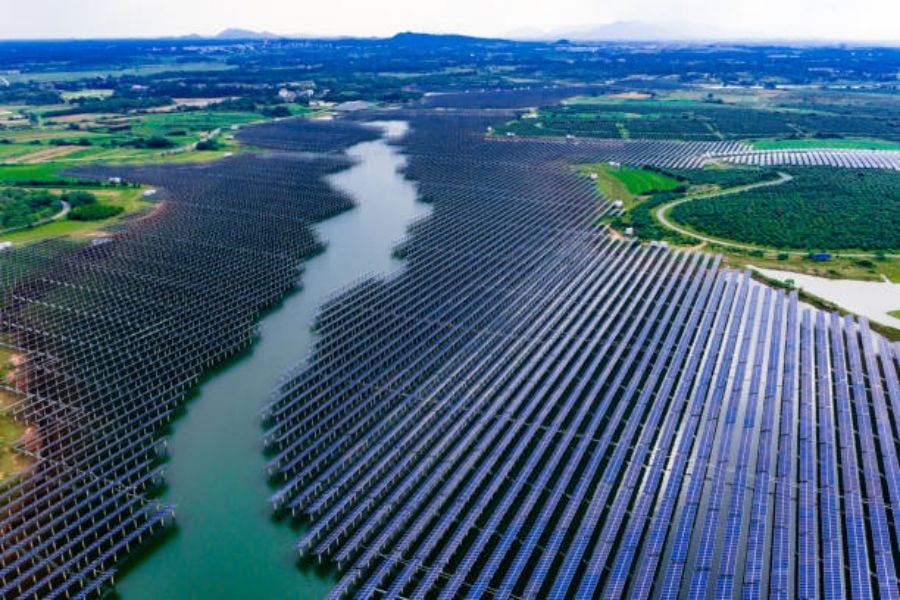Introduction
Solar panels have revolutionized the way we generate energy. They are a cutting-edge technology that converts sunlight into electrical energy that can power your entire home. If you're wondering How do solar panels work step by step?, this article will guide you through the entire process.
Step 1: Photovoltaic Effect
When sunlight hits the solar panels, it releases a stream of electrons, creating what's called the "photovoltaic effect." This effect generates a flow of electric charge, which is captured and directed through wires within the solar panel.
Step 2: The Solar Cells
Each solar panel is made up of several individual solar cells that work together to produce electricity. These cells contain silicon, which absorbs the sunlight and releases electrons in the process. These electrons are collected by a circuit within the cell and are then directed through a wire to the rest of the solar panel.
Step 3: Electrical Current
As these electrons flow through the wires and into your home, they form an electrical current that can be used to power your appliances and devices. This current is collected and regulated by an inverter, which converts it from DC to AC power.
Step 4: Wiring and Connections
Wiring and connections are crucial to ensure that the current generated by the solar panels flows smoothly to the inverter and then to your home. This means that all the components that make up your solar power system need to be properly connected and sized to meet the energy needs of your home.
Step 5: Net Metering
In many areas, solar panel owners can take advantage of net metering. This means that any excess energy generated by the solar panels can be sent back to the grid, effectively "selling" it back to your utility company. This can help you save money on your energy bill and offset the cost of the solar panels.
Step 6: Mounting System
The mounting system for your solar panels is also an important consideration. Solar panels need to be mounted in a direction that receives optimum sunlight, which typically means facing south in the Northern Hemisphere and north in the Southern Hemisphere. Additionally, the mounting system needs to be sturdy and able to withstand wind, snow, and other environmental factors.
Step 7: Maintenance
Maintaining your solar panels is crucial to ensure they continue to function at maximum efficiency. This includes regular cleaning to remove dirt, dust, and debris, as well as monitoring performance and testing for any faults or defects.
Step 8: Battery Storage
Many solar power systems come with battery storage options that can help you store excess energy generated during the day for use at night. This can be useful during power outages and can help you become less dependent on your utility company.
Step 9: Solar Panel Size and Capacity
When choosing solar panels, it's important to consider their size and capacity. This will depend on factors such as the amount of energy your home requires, the amount of sunlight your location receives, and your budget. You want to invest in a system that is both efficient and cost-effective.
Step 10: Environmental Impact
Solar panels are a clean energy source that produces no greenhouse gas emissions. By choosing solar power, you are reducing your carbon footprint and helping to protect the planet. Additionally, solar panels have a long lifespan and are fully recyclable, making them a sustainable choice for energy production.

